Search
Looking for something in particular? Search for it here.
Looking for something in particular? Search for it here.
Manufacturing jobs increased dramatically after the railroad arrived as needed supplies could be shipped in more easily. Additionally, finished products could be shipped to distant markets.

Running the trains, whether freight or passenger, meant higher pay, as well as increased risks.
Featuring:
Seth Copp, (1823 – 1890), train engineer
Patrick H. Morrissey, (1862 – 1916), brakeman
Leonard Seibert, (1831 – 1905), carpenter
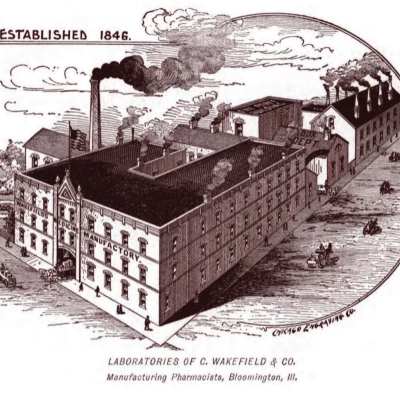
Because of railroad shipping, manufacturers like Wakefield could sell their products throughout the nation.
Featuring:
Cyrenius Wakefield, (1815 – 1885), inventor & factory owner
Benjamin F. Reeve, (1856 – 1925), newspaper printer
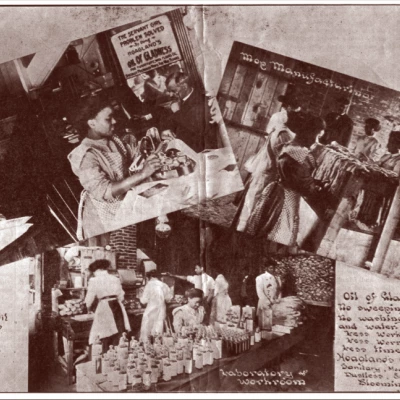
Featuring:
George Hoagland, African American inventor and factory owner
Henry Conrad, cobbler
Frank C. Abbott, (1859 – 1926), soda entrepreneur
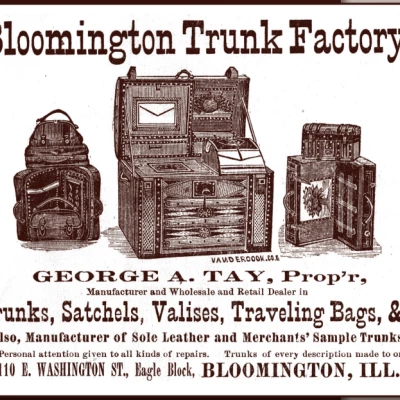
Thanks to the ease of railroad shipping, many local manufacturers were able to sell their goods beyond McLean County.
Featuring:
Arnold Reigger, (1831 – 1913), Stove pattern maker
Richard Allen, (1832 – 1899), stove assembler
George A. Tay, (1842 – 1916), trunk builder
Mamie Delaney, (1864 – 1932), seamstress at Klemm’s Shirt & Overall Factory
Berthold “Bert” Embach, (1835 – 1879), Meyer Brewing Company laborer
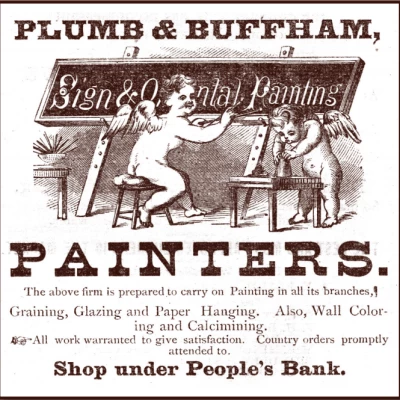
A growing community in need of housing meant a greater need for workers in the construction trades.
Featuring:
Kirkpatrick “Kirk” Buffham, (1844 – 1895), painter
Alfred Carlsson Lundeen, (1862 – 1927), furniture maker
Charles Mott, (1847 – 1923), Brick & Tile Company laborer
Peter C. Duff, (1856 – 1919), African American carpenter

Coal, used for generating electricity and for heating homes and businesses, was discovered beneath Bloomington in 1867. Soon after that coal miners were hired for the dangerous work of excavating it.
Featuring:
Peter Johnson, (1838 – 1914), coal miner
“Mr. Herrick”, gas laborer
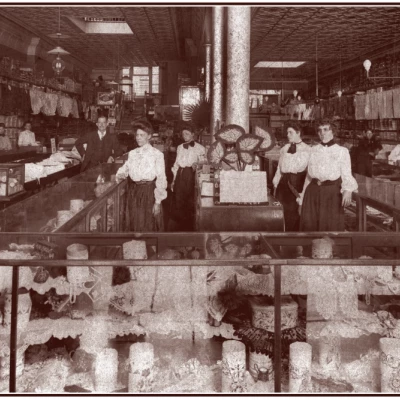
Merchants and their workers saw their businesses grow as the population increased and more goods were transported into the area via the railroad.
Featuring:
Marie M. Curtis Robbins, (1866 – 1956), sales clerk
Howard Walton Kelly, (1871 – 1957), Traveling salesman
Bert Neal, (1899 – 1972), foreman
William T. Smith, (1887 – 1964), Traveling salesman
George P. Giering, (1878 – 1942), Department store clerk
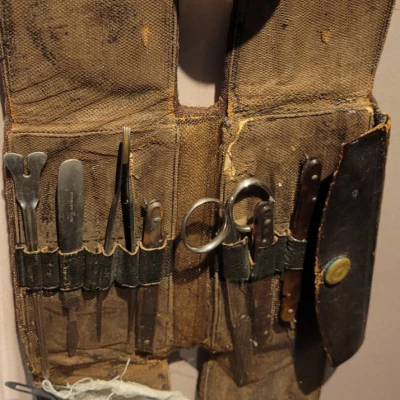
The medical profession began to accept a limited number of women and African American professionals.
Featuring:
Louise Muxfeld, (1853 – 1909), midwife
Eugene Gray Covington, (1872 – 1929), African American doctor
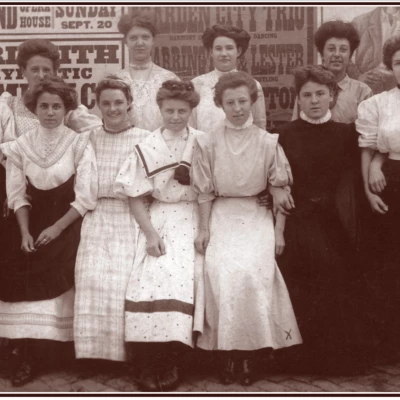
A growing population meant a greater demand for service jobs.
Featuring:
Ellen “Nellie" Skinner Reiner Flynn, (1873 – 1954), worker at Model Laundry
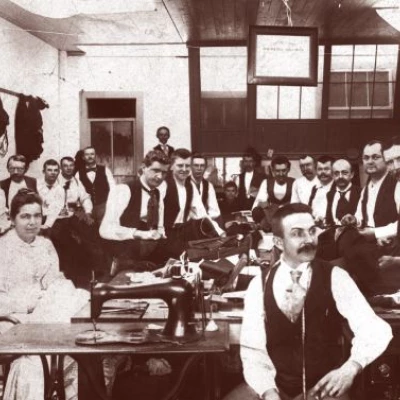
Skilled craftsmen set up shops and began to produce one of a kind items for the local market. They often hired apprentices who learned the trade on the job.
Featuring:
Charles A. Kleinau, (1858 – 1933), stone cutter
Charles Gmehlin, (1834 – 1914), gunsmith
Mary J. Megowen Keith, dressmaker
Gustave A. Wohlfeil, tailor
Christ Mandler, (1858 – 1949), cigar maker